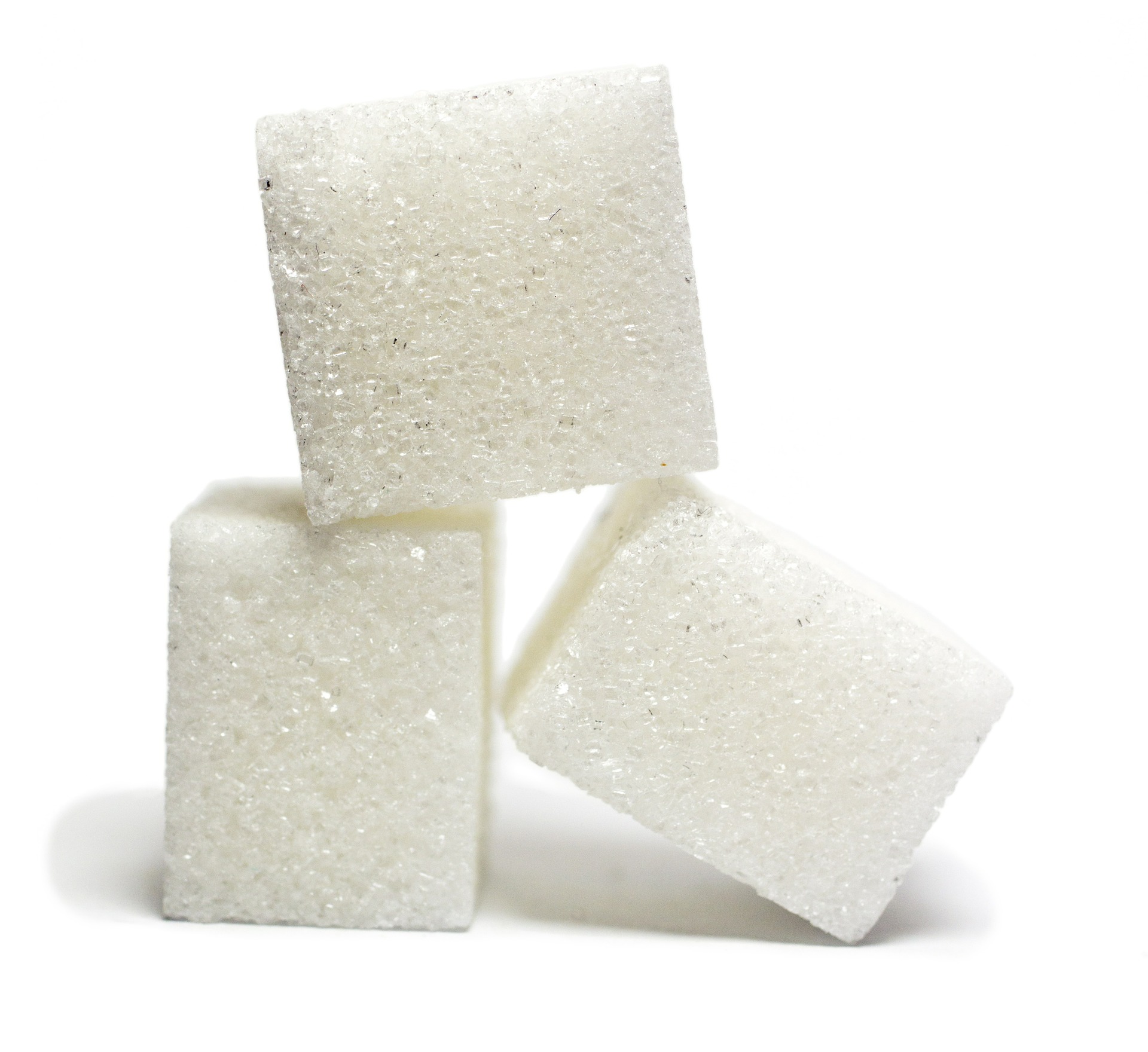Advertisement

In a recent column titled “How agriculture subsidies are hurting farmers, taxpayers” – which was published on December 9th by The Hill – Alison Acosta Winters of the Charles Koch Institute perpetuated a “fake news” story that Big Candy continues to peddle on Capitol Hill…
“(The U.S. sugar program) props up prices with special loans and controls supply with marketing allotments and strict import quotas. The U.S. Department of Agriculture is also required to buy up excess sugar and sell it to biofuel refineries at taxpayer-discounted prices. As a result, American consumers’ sugar prices are double that of the rest of the world. Additionally, high prices kill jobs in domestic sugar-using industries while the benefits go to a limited number of sugar producers.”
A similar “fake news” opinion was put forward by James Bovard in a column published this week by the Wall Street Journal…
“The U.S. maintains a regime of import quotas and price supports that drive U.S. sugar prices to double or triple the world price. Since 1997 Washington’s sugar policy has zapped more than 120,000 U.S. jobs in food manufacturing, according to a 2013 study by Agralytica.”
Oy. Where to begin…
First, prices for U.S. sugar aren’t “propped up.” They’re true market prices. In reality, the prices for foreign sugar are artificially low thanks to direct and indirect subsidies by foreign governments. The import quota simply protects American farmers from such unfair trade practices.
Secondly, the USDA has only had to buy up excess sugar once IN MORE THAN A DECADE, and that was only after Mexico was caught VIOLATING US TRADE LAW BY DUMPING cheap, government subsidized sugar ON THE U.S. MARKET.
Thirdly, the only way to claim American consumers are paying “double that of the rest of the world” – let alone “triple” – is to leave off the cost of transporting foreign sugar to our shores and ignoring the fact that global sugar prices can fluctuate wildly and have recently been going up.
More importantly, the price of an ounce of American sugar today is almost exactly the same as it was 30 years ago. That’s what’s known and prized in business as “stable.”
And lastly, as noted above American sugar prices today are NOT higher than they were 30 years ago. As such, it is NOT the price of sugar that is driving manufacturing for sugar-related products overseas and killing jobs, but the skyrocketing cost of labor (especially unionized labor), taxes, fees, licenses, government regulations, mandated benefits, insurance and, of course, profit-taking.
Here’s a good piece of holiday advice: Don’t believe fake news.
Advertisement
Subscribe Free By Email

Looking for the best in breaking news and conservative views? Let Chuck do all the work for you! Subscribe to his FREE "Muth's Truths" e-newsletter.




